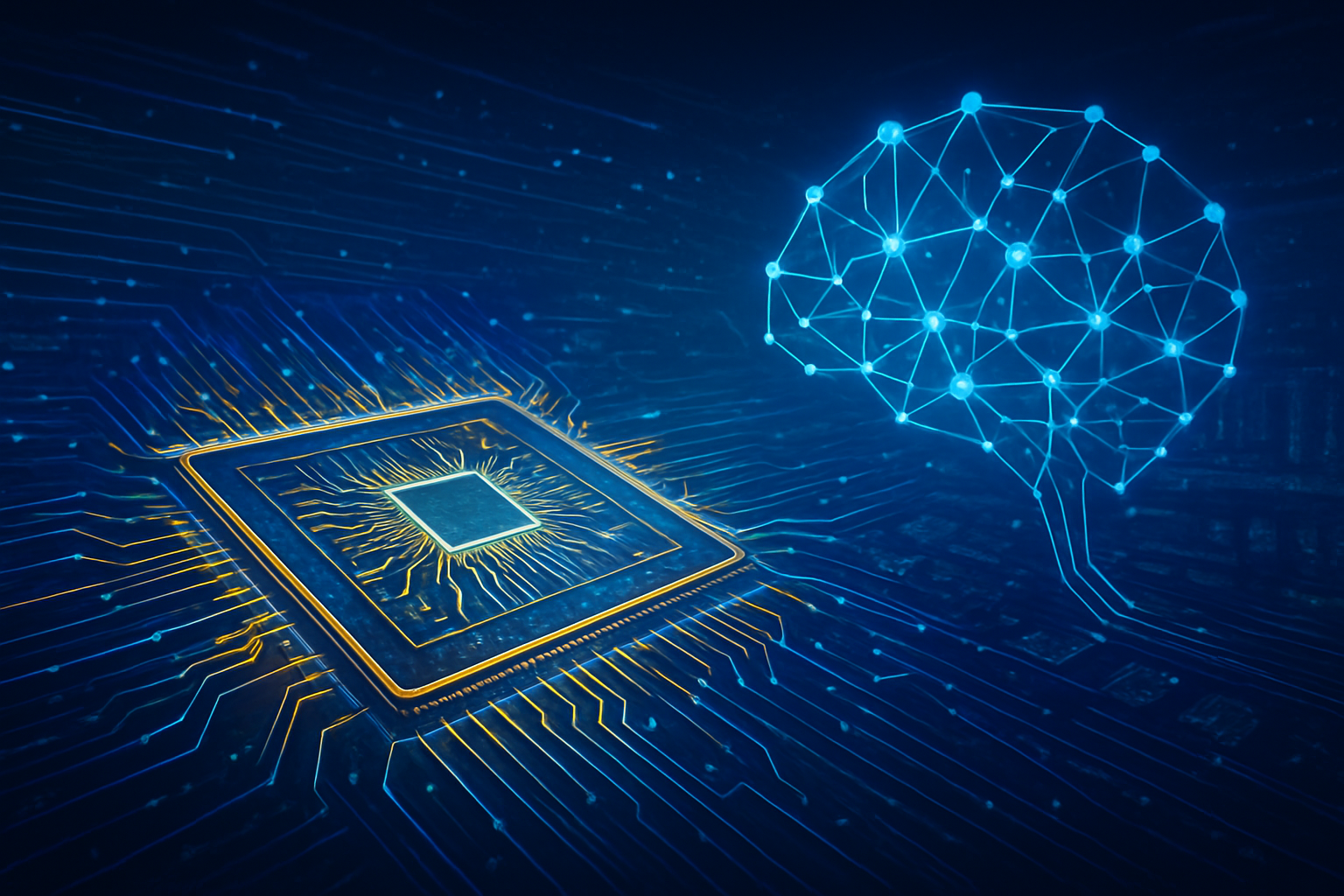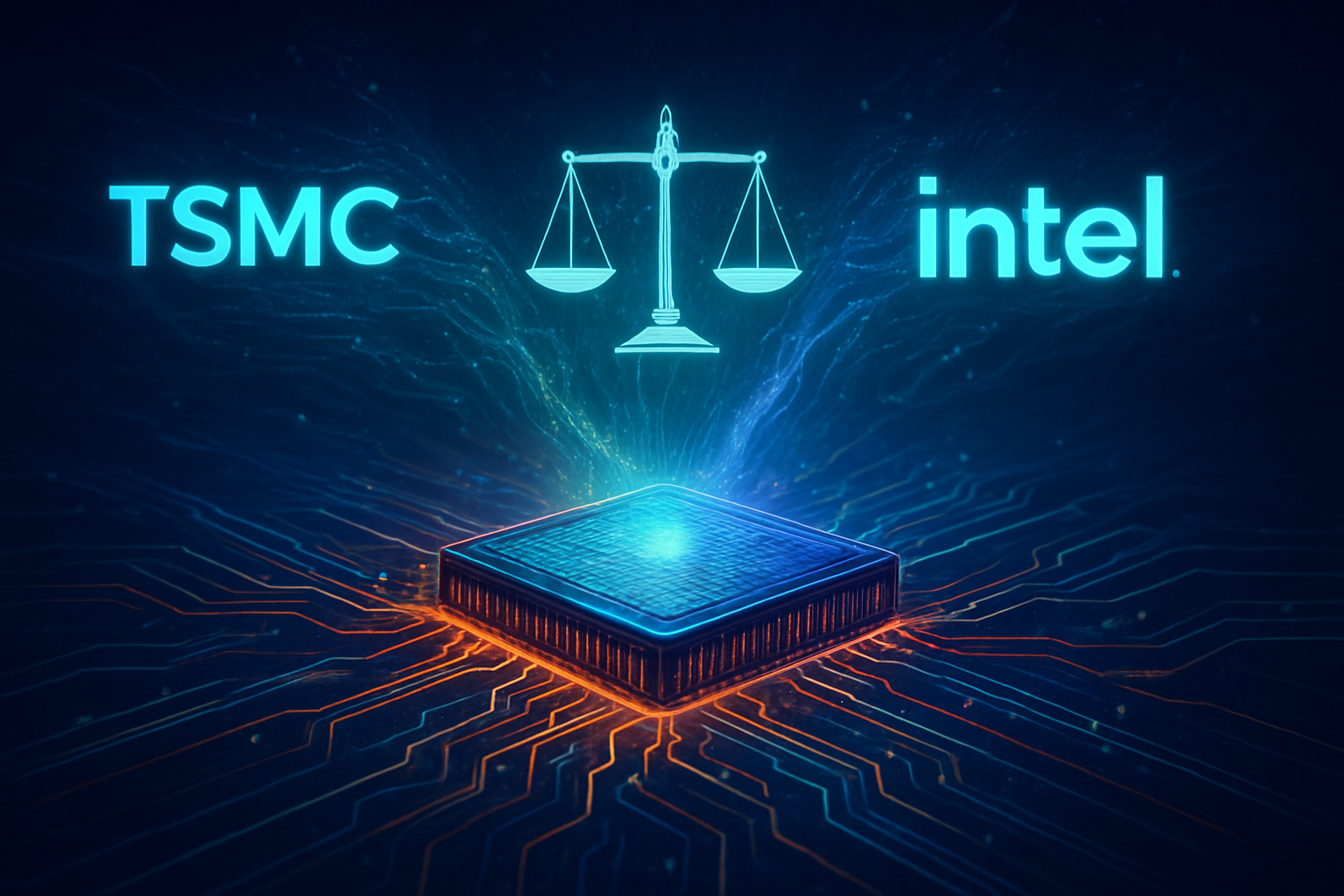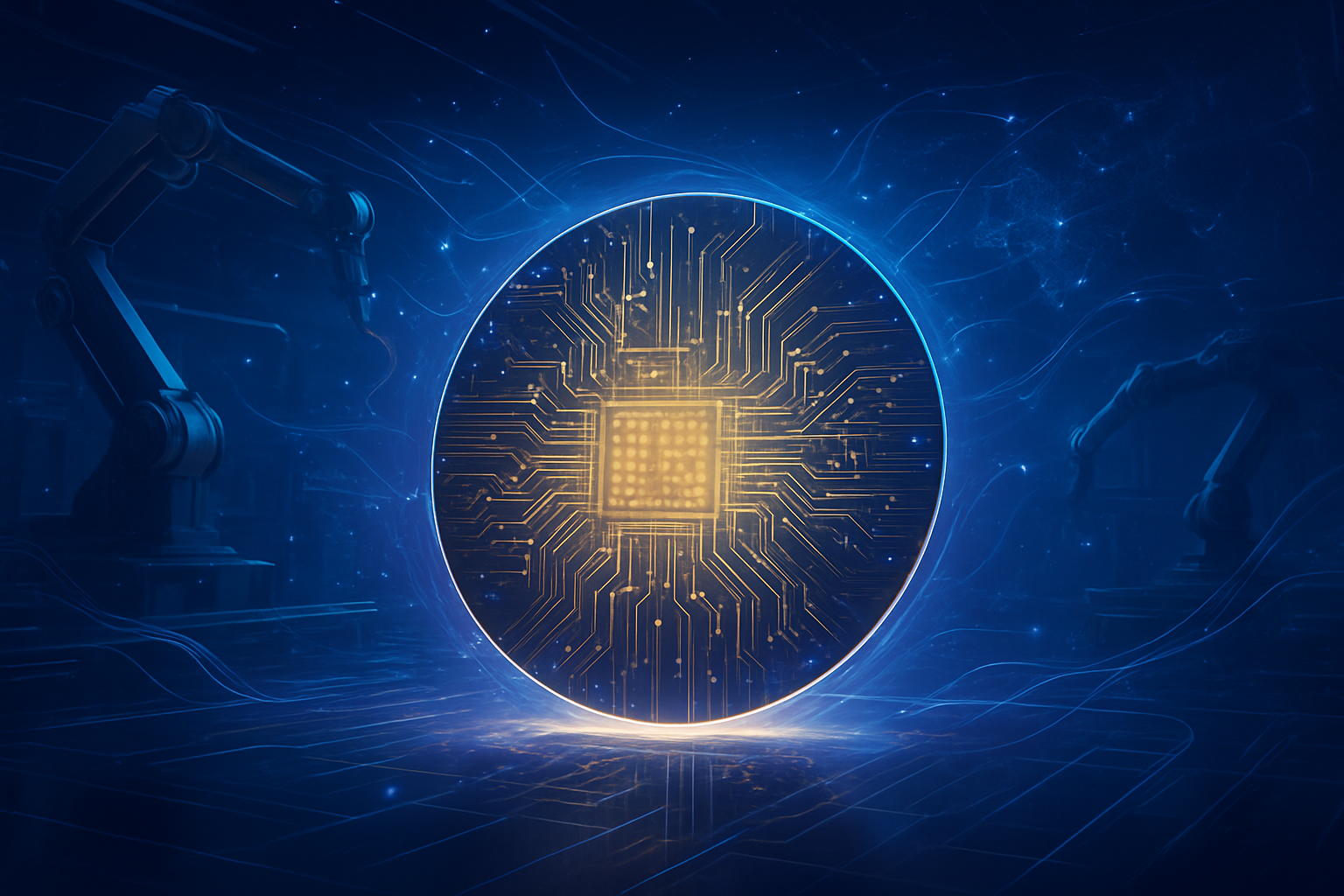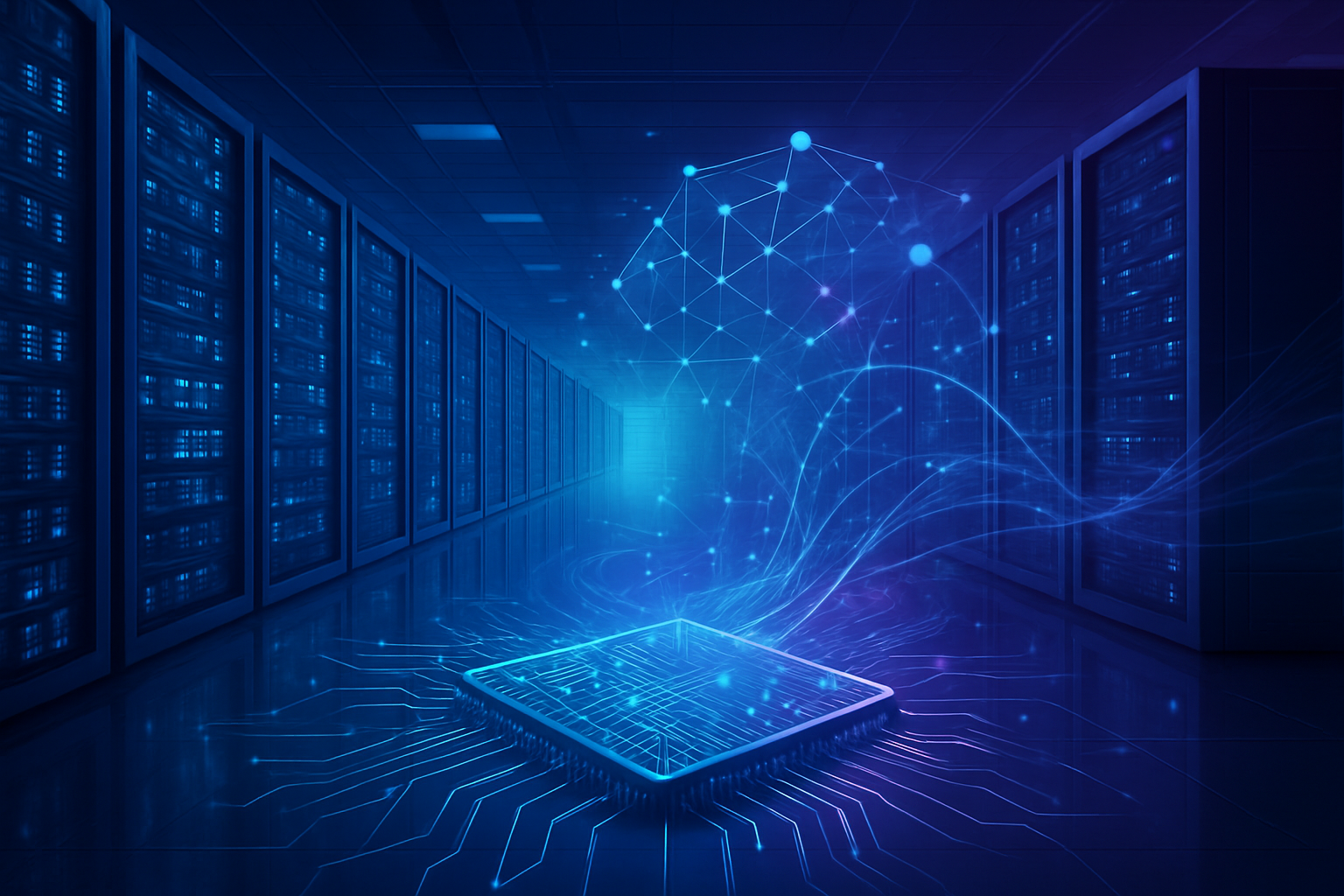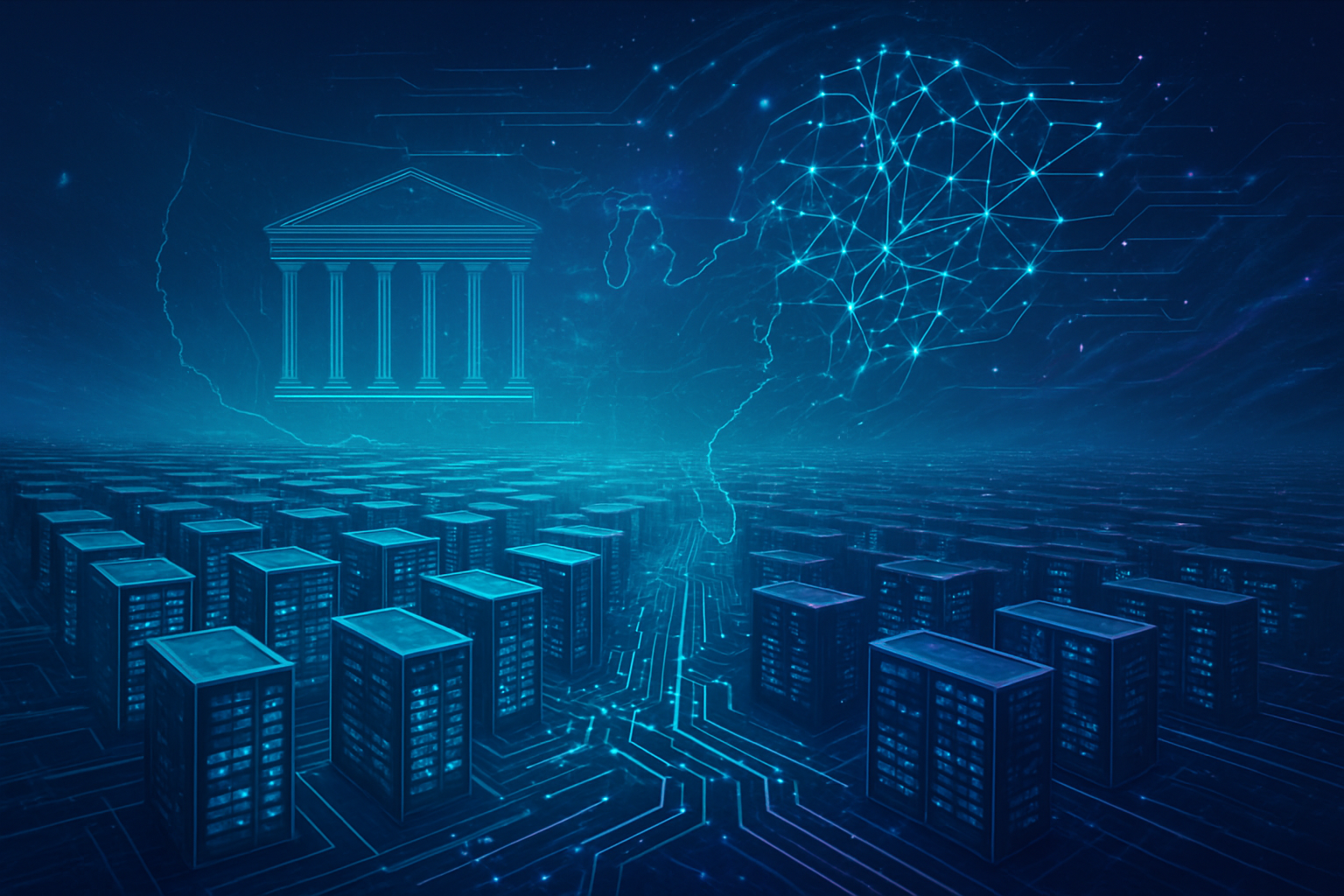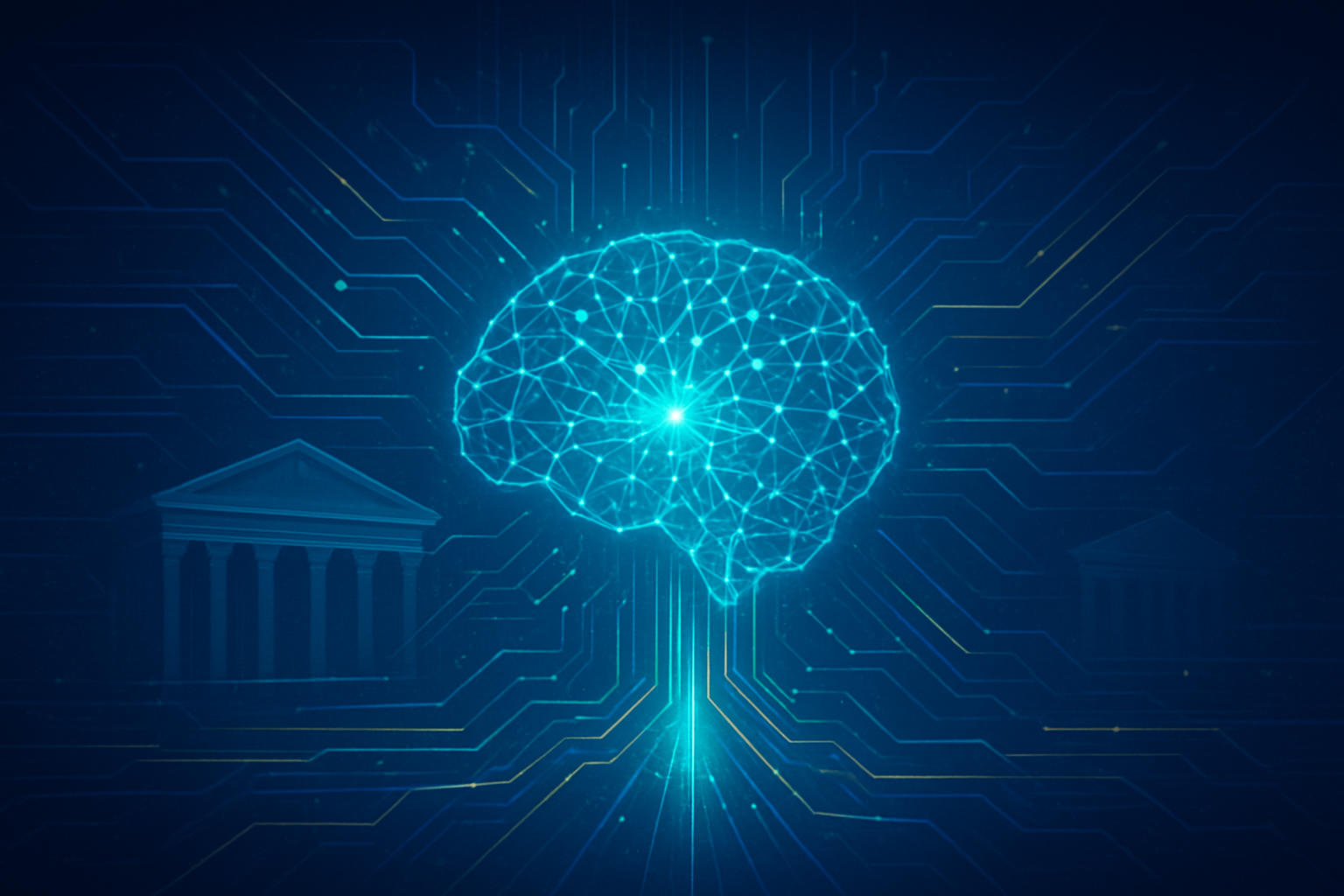Lam Research (NASDAQ: LRCX), a titan in the semiconductor equipment manufacturing industry, has witnessed an extraordinary surge in its stock performance over the past year, with shares nearly doubling. This remarkable growth is a direct reflection of the insatiable demand for advanced chips, primarily fueled by the burgeoning artificial intelligence (AI) sector. As of late November 2025, the company's market capitalization stands impressively at approximately $189.63 billion, underscoring its pivotal role in enabling the next generation of AI and high-performance computing (HPC).
The significant uptick in Lam Research's valuation highlights the critical infrastructure required to power the AI revolution. With its specialized equipment essential for fabricating the complex chips that drive AI models, the company finds itself at the epicenter of a technological paradigm shift. Investors are increasingly recognizing the indispensable nature of Lam Research's contributions, positioning it as a key beneficiary of the global push towards more intelligent and data-intensive computing.
Unpacking the Surge: AI Demand and Strategic Market Positioning
Lam Research's stock has demonstrated an astonishing performance, surging approximately 97% to 109% over the past 12 months, effectively doubling its value year-to-date. This meteoric rise is not merely speculative; it is firmly rooted in several fundamental drivers. The most prominent factor is the unprecedented demand for AI and high-performance computing (HPC) chips, which necessitates a massive increase in the production of advanced semiconductors. Lam Research's cutting-edge deposition and etch solutions are crucial for manufacturing high-bandwidth memory (HBM) and advanced packaging technologies—components that are absolutely vital for handling the immense data loads and complex computations inherent in AI workloads.
The company's financial results have consistently exceeded analyst expectations throughout Q1, Q2, and Q3 of 2025, building on a strong Q4 2024. For instance, Q1 fiscal 2026 revenues saw a robust 28% year-over-year increase, while non-GAAP EPS surged by 46.5%, both significantly surpassing consensus estimates. This sustained financial outperformance has fueled investor confidence, further bolstered by Lam Research's proactive decision to raise its 2025 Wafer Fab Equipment (WFE) spending forecast to an impressive $105 billion, signaling a bullish outlook for the entire semiconductor manufacturing sector. The company's record Q3 calendar 2025 operating margins, reaching 35.0%, further solidify its financial health and operational efficiency.
What sets Lam Research apart is its specialized focus on deposition and etch processes, two critical steps in semiconductor manufacturing. These processes are fundamental for creating the intricate structures required for advanced memory and logic chips. The company's equipment portfolio is uniquely suited for vertically stacking semiconductor materials, a technique becoming increasingly vital for both traditional memory and innovative chiplet-based logic designs. While competitors like ASML (AMS: ASML) lead in lithography, Lam Research holds the leading market share in etch and the second-largest share in deposition, establishing it as an indispensable partner for major chipmakers globally. This specialized leadership, particularly in an era driven by AI, distinguishes its approach from broader equipment providers and cements its strategic importance.
Competitive Implications and Market Dominance in the AI Era
Lam Research's exceptional performance and technological leadership have significant ramifications for the broader semiconductor industry and the companies operating within it. Major chipmakers such as Taiwan Semiconductor Manufacturing Company (TSMC: TSM), Samsung (KRX: 005930), Intel (NASDAQ: INTC), and Micron Technology (NASDAQ: MU) are among its top-tier customers, all of whom are heavily invested in producing chips for AI applications. As these tech giants ramp up their production of AI processors and high-bandwidth memory, Lam Research stands to benefit directly from increased orders for its advanced manufacturing equipment.
The competitive landscape in semiconductor equipment is intense, but Lam Research's specialized focus and market leadership in etch and deposition give it a distinct strategic advantage. While companies like ASML dominate in lithography, Lam Research's expertise in these crucial fabrication steps makes it an essential partner, rather than a direct competitor, for many of the same customers. This symbiotic relationship ensures its continued relevance and growth as the industry evolves. The company's strong exposure to memory chipmakers for DRAM and NAND technologies positions it perfectly to capitalize on the recovery of the NAND market and the ongoing advancements in memory crucial for AI and data-intensive applications.
The increasing complexity of AI chips and the move towards advanced packaging and 3D stacking technologies mean that Lam Research's equipment is not just beneficial but foundational. Its solutions are enabling chipmakers to push the boundaries of performance and efficiency, directly impacting the capabilities of AI hardware. This strategic market positioning allows Lam Research to disrupt existing products by facilitating the creation of entirely new chip architectures that were previously unfeasible, thereby solidifying its role as a critical enabler of innovation in the AI era. Major deals, such as OpenAI's agreement with Samsung and SK Hynix for memory supply for its Stargate project, directly imply increased demand for DRAM and NAND flash investment, further benefiting Lam Research's equipment sales.
Wider Significance: Fueling the AI Revolution's Hardware Backbone
Lam Research's surging success is more than just a corporate triumph; it is a vivid indicator of the broader trends shaping the AI landscape. The company's indispensable role in manufacturing the underlying hardware for AI underscores the profound interconnectedness of software innovation and advanced semiconductor technology. As AI models become more sophisticated and data-hungry, the demand for more powerful, efficient, and densely packed chips escalates, directly translating into increased orders for Lam Research's specialized fabrication equipment. This positions the company as a silent but powerful engine driving the global AI revolution.
The impacts of Lam Research's technological contributions are far-reaching. By enabling the production of cutting-edge memory and logic chips, the company directly facilitates advancements in every sector touched by AI—from autonomous vehicles and advanced robotics to cloud computing infrastructure and personalized medicine. Its equipment is critical for producing the high-bandwidth memory (HBM) and advanced packaging solutions that are essential for handling the massive parallel processing required by modern neural networks. Without such foundational technologies, the rapid progress seen in AI algorithms and applications would be severely hampered.
While the current trajectory is overwhelmingly positive, potential concerns include the inherent cyclicality of the semiconductor industry, which can be subject to boom-and-bust cycles. Geopolitical tensions and trade policies could also impact global supply chains and market access. However, the current AI-driven demand appears to be a structural shift rather than a temporary spike, offering a more stable growth outlook. Compared to previous AI milestones, where software breakthroughs often outpaced hardware capabilities, Lam Research's current role signifies a crucial period where hardware innovation is catching up and, in many ways, leading the charge, enabling the next wave of AI advancements.
The Horizon: Sustained Growth and Evolving Challenges
Looking ahead, Lam Research is poised for continued growth, driven by several key developments on the horizon. The relentless expansion of AI applications, coupled with the increasing complexity of data centers and edge computing, will ensure sustained demand for advanced semiconductor manufacturing equipment. The company's raised 2025 Wafer Fab Equipment (WFE) spending forecast to $105 billion reflects this optimistic outlook. Furthermore, the anticipated recovery of the NAND memory market, after a period of downturn, presents another significant opportunity for Lam Research, as its equipment is crucial for NAND flash production.
Potential applications and use cases on the horizon are vast, ranging from even more powerful AI accelerators for generative AI and large language models to advanced computing platforms for scientific research and industrial automation. The continuous push towards smaller process nodes and more intricate 3D chip architectures will require even more sophisticated deposition and etch techniques, areas where Lam Research holds a competitive edge. The company is actively investing in research and development to address these evolving needs, ensuring its solutions remain at the forefront of technological innovation.
However, challenges remain. The semiconductor industry is capital-intensive and highly competitive, requiring continuous innovation and significant R&D investment. Supply chain resilience, especially in the face of global disruptions, will also be a critical factor. Furthermore, the industry is grappling with the need for greater energy efficiency in chip manufacturing and operation, a challenge that Lam Research will need to address in its future equipment designs. Experts predict that the confluence of AI demand, memory market recovery, and ongoing technological advancements will continue to fuel Lam Research's growth, solidifying its position as a cornerstone of the digital economy.
Comprehensive Wrap-up: A Pillar in the AI Foundation
Lam Research's recent stock surge is a powerful testament to its critical role in the foundational infrastructure of the artificial intelligence revolution. The company's leading market share in etch and strong position in deposition technologies make it an indispensable partner for chipmakers producing the advanced semiconductors that power everything from data centers to cutting-edge AI models. The confluence of robust AI demand, strong financial performance, and strategic market positioning has propelled Lam Research to unprecedented heights, cementing its status as a key enabler of technological progress.
This development marks a significant moment in AI history, highlighting that the advancements in AI are not solely about algorithms and software, but equally about the underlying hardware capabilities. Lam Research's contributions are fundamental to translating theoretical AI breakthroughs into tangible, high-performance computing power. Its success underscores the symbiotic relationship between hardware innovation and AI's exponential growth.
In the coming weeks and months, investors and industry observers should watch for continued updates on WFE spending forecasts, further developments in AI chip architectures, and any shifts in memory market dynamics. Lam Research's ongoing investments in R&D and its ability to adapt to the ever-evolving demands of the semiconductor landscape will be crucial indicators of its sustained long-term impact. As the world continues its rapid embrace of AI, companies like Lam Research will remain the silent, yet essential, architects of this transformative era.
This content is intended for informational purposes only and represents analysis of current AI developments.
TokenRing AI delivers enterprise-grade solutions for multi-agent AI workflow orchestration, AI-powered development tools, and seamless remote collaboration platforms.
For more information, visit https://www.tokenring.ai/.
